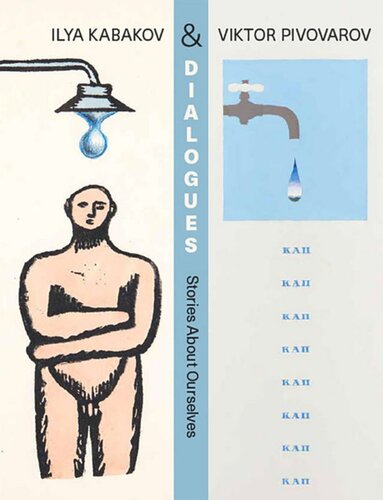

Most ebook files are in PDF format, so you can easily read them using various software such as Foxit Reader or directly on the Google Chrome browser.
Some ebook files are released by publishers in other formats such as .awz, .mobi, .epub, .fb2, etc. You may need to install specific software to read these formats on mobile/PC, such as Calibre.
Please read the tutorial at this link: https://ebookbell.com/faq
We offer FREE conversion to the popular formats you request; however, this may take some time. Therefore, right after payment, please email us, and we will try to provide the service as quickly as possible.
For some exceptional file formats or broken links (if any), please refrain from opening any disputes. Instead, email us first, and we will try to assist within a maximum of 6 hours.
EbookBell Team

4.3
68 reviewsArtists in the Soviet Union faced a difficult choice: either join the official academies and make art that conformed to the state’s aesthetic and ideological dictates, or attempt to develop alternative artistic practices and spheres for exhibiting their work. In the early 1970s, conceptual artists Ilya Kabakov and Viktor Pivovarov chose the latter option, turning their limited resources into an asset by pioneering an entirely new artistic genre: the album. Somewhere between drawings and novels, Kabakov and Pivovarov’s albums were also the basis for unique performance pieces, as the artists invited select audiences to their Moscow apartments for private readings and viewings of the albums, helping to cultivate an alternative artistic community in the process.
This exhibition catalog brings together Kabakov and Pivovarov’s key works for the first time, putting the two artists in dialogue and recreating their artistic community. It not only includes nearly hundred pages of full-color illustrations, but also provides complete English translations of the Russian texts that appear in the volume, plus new interviews with each artist. Taken together, they give viewers a new appreciation of the different aesthetic strategies each artist used to depict the absurdities of everyday life in the Soviet era. Published in partnership with the Zimmerli Museum.